Designing Luis Alfaro’s plays is uniquely joyous. Being Chicano myself, I feel like the design for his new play Mojada came from my heart and not from my brain.
Mojada begins on a bare stage. The world of East L.A. enters the space as a rolling scaffold wheels in. Lights, sound, music, actors, and set introduce this new world of Medea. Once grounded, the scaffold unfurls the facade of a house. The photorealistic image makes you forget the artificial setting and embrace the journey.
The house is based on an actual house from Boyle Heights, which we found during a crew tour of East L.A. The Mojada team piled into the Alfaro-mobile and drove up and down the unique streets of Boyle Heights looking for inspirations for the set. The director Jessica Kubzansky pointed to one house and said, “Ooooh, that one.” I agreed 100%.
In the months that followed, we explored more front yards and back yards in City Terrace and Boyle Heights looking for the right architecture, but ended back at the original house we first saw during our Getty cruise off Caesar Chavez. I doctored the image quite a bit, but most of the image is a composite of that first beautiful house. (Thank you, Claudia Flores, for letting me use your house on stage.)
For this house I wanted a character, something that complemented the Getty Villa but also had its own architectural integrity. Making a 14-by-20-foot rolling structure involved some thinking, though.
We built the set framework from two dual-level 5 x 7 industrial scaffolding units. Every part of the scaffold was rendered in 3D before it was actually built—wheels, cheeseboroughs, cross pipes, planks, bolts, everything! To protect the metal from the sea air, we painted the scaffold with gray primer. I love battleship grey.
I knew the material I chose for the house would have a scrim effect on the whole world: a magical transparency suited for the play. I allowed the columns of the Villa’s facade to be visible through the windows of the house to add a subliminal layer, blending what is real and what is fake.
Designing for the Villa’s Outdoor Theater is more like creating site-specific artwork than like designing for a conventional theater venue. There are so many variables every year that you never know what curveball you’re about to attempt to hit. The Getty team, Ralph Flores, Anna Woo, and Laurel Kishi, have been heaven-sent for me.
A set designer’s focus is to help tell the story visually. As the play developed, I had daily check-ins to see if all the elements were still in line with the current vision. I facilitated actors’ interaction with the set and translated Jessica’s and Luis’s excitement into reality. I supported the company’s vision and found a way to put it on stage. Things change and evolve in theater, and frequently designers must adapt. What something is designed for and how it’s actually used are sometimes different. I find this very exciting.
Now performances have begun. My eyes still light up every time I see the rolling scaffold come into the space. It’s a moment that has perfect harmony for me.
_______
Mojada: A Medea in Los Angeles is performed Thursdays, Fridays, and Saturdays through October 3.
Photos by Steve Saldivar.
Text of this post © Efren Delgadillo, Jr. All rights reserved.

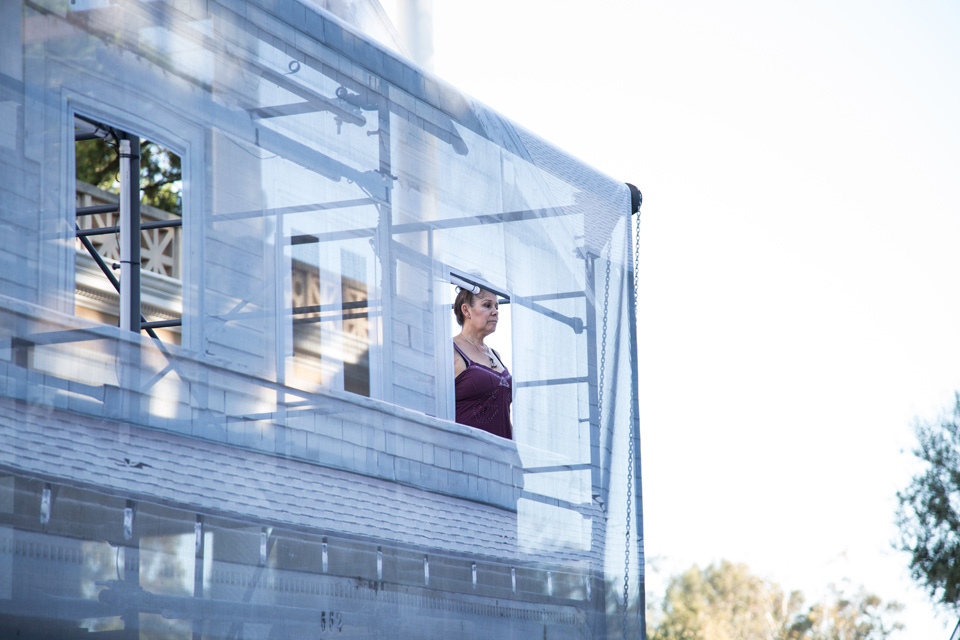
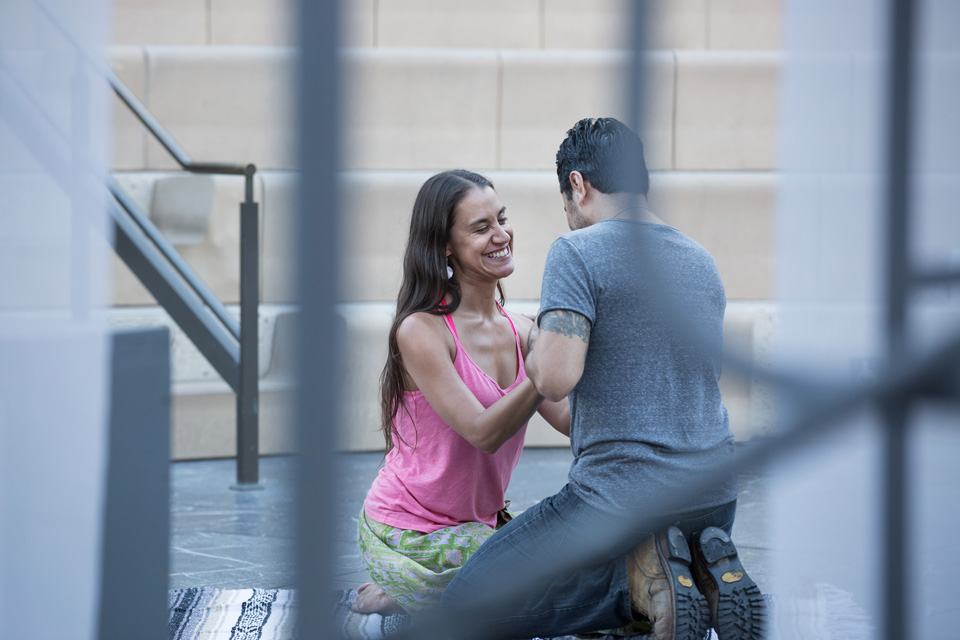
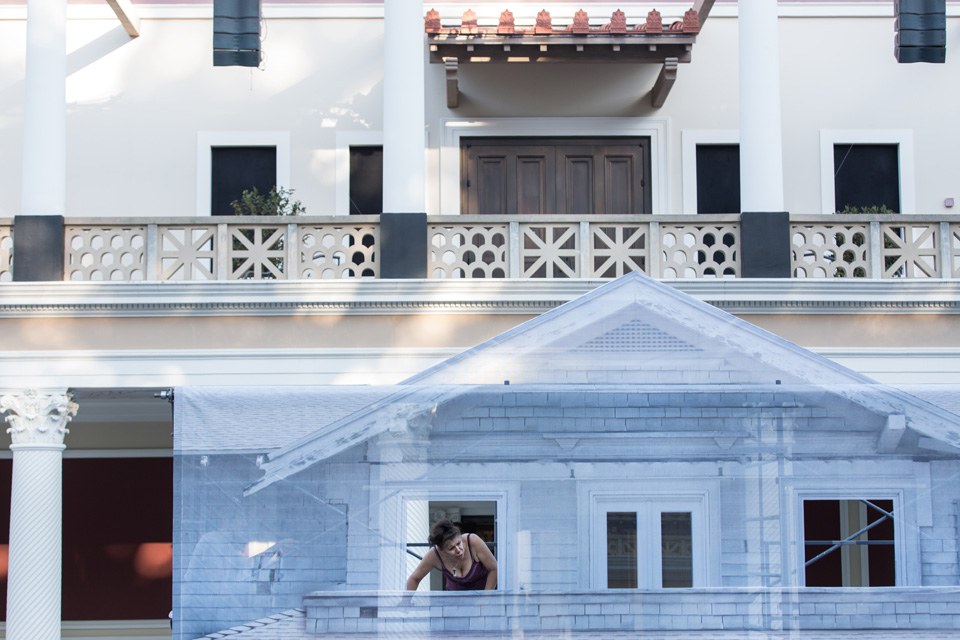
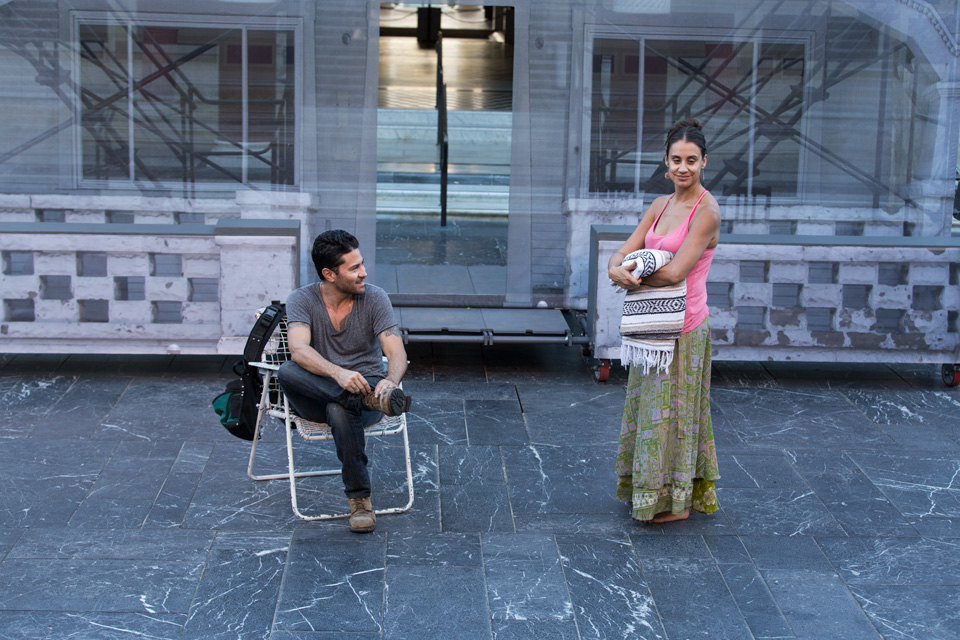
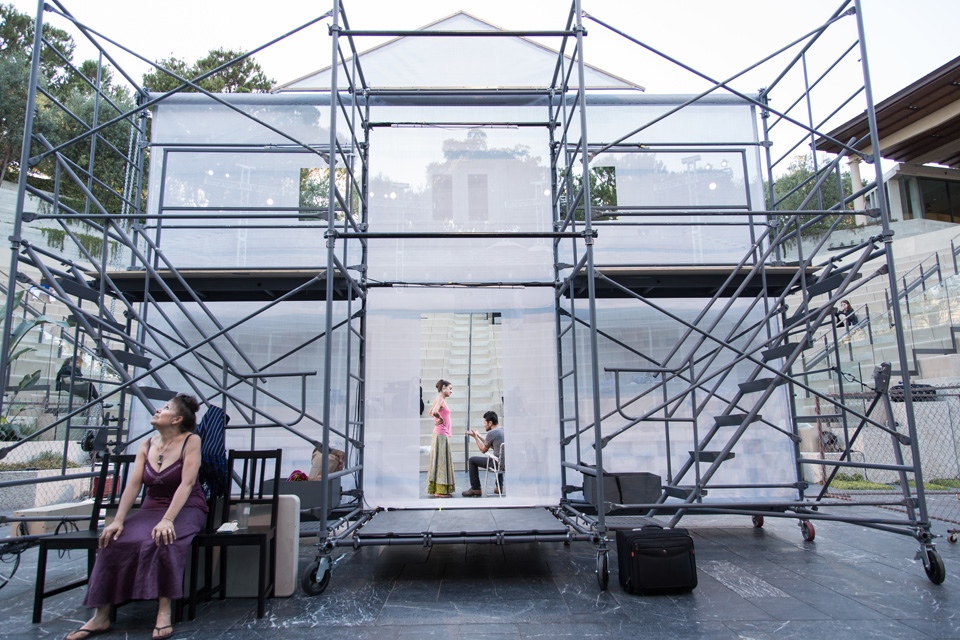

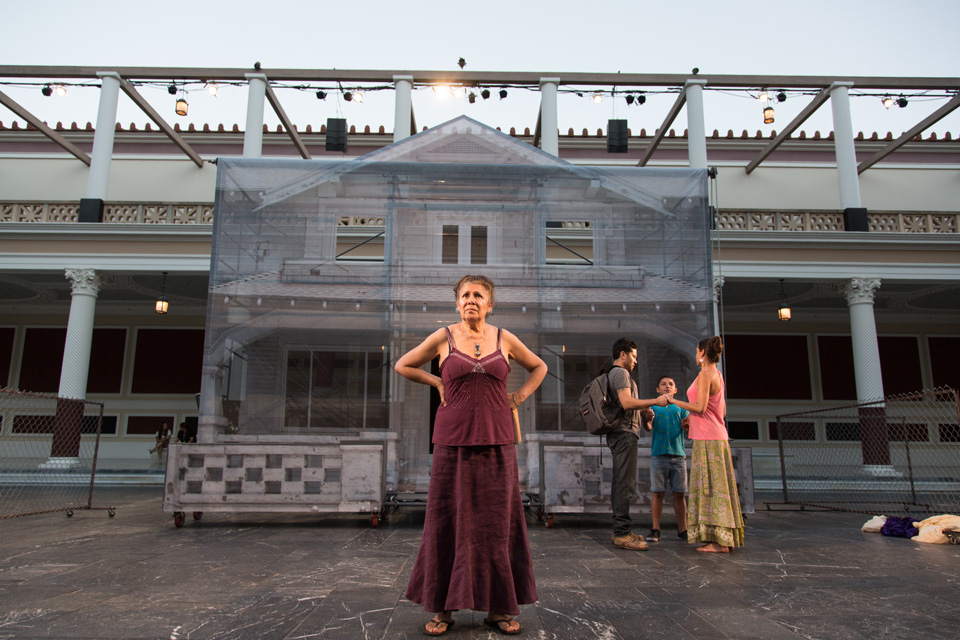
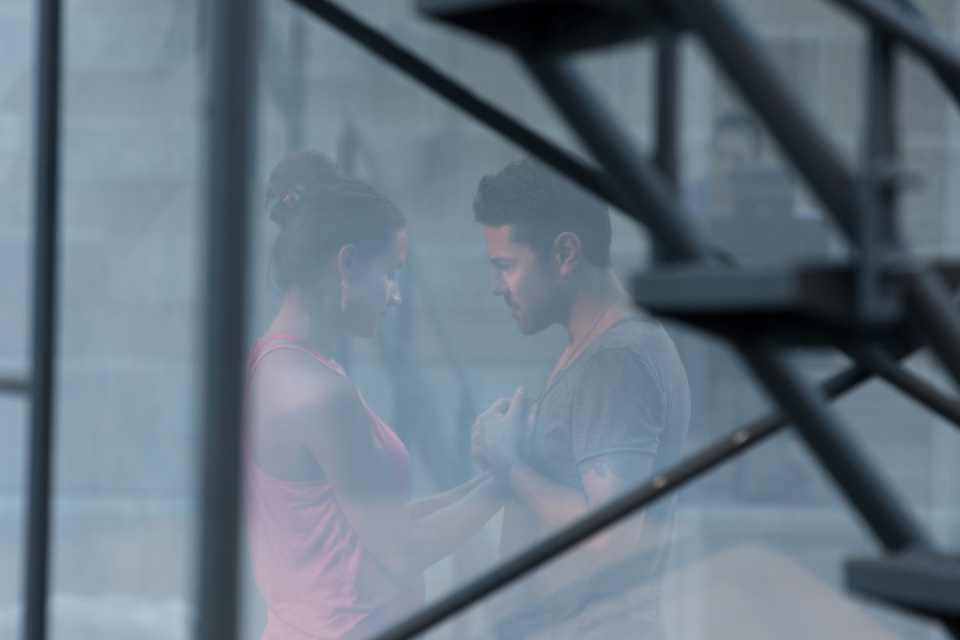
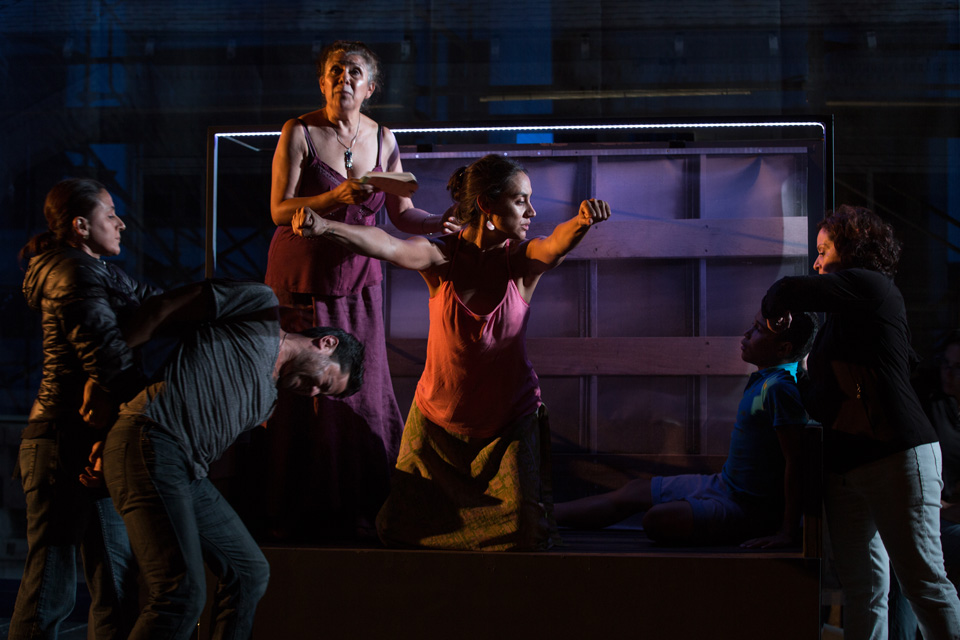



Comments on this post are now closed.